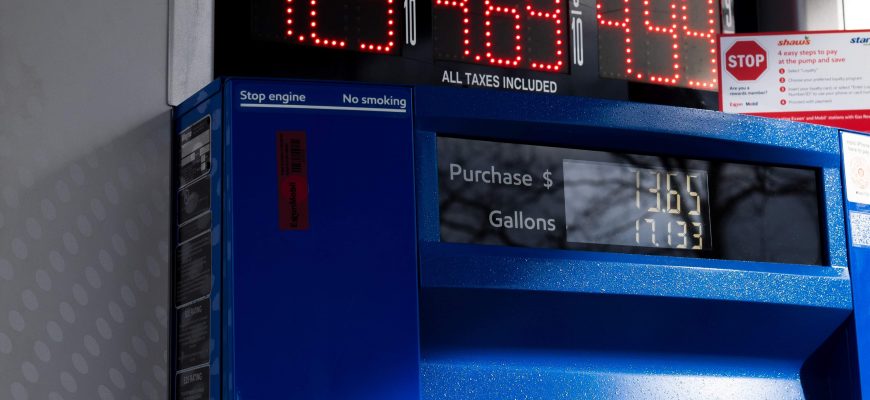
Longer Than We Think
By Mark Pisano – Academy Fellow and Co-Chair of the Standing Panel on Intergovernmental Systems
Up to now, we have presumed that if we need workers, they will be there. However, a “working-age population gap” is emerging, and it will create upward wage pressure and increase labor costs, creating long-term inflationary strain. This structural-demographic change, a global dynamic affecting most of the world’s population[1], is altering the economy’s trajectory. A significant decline in the nation’s working-age population is slowing the economy’s growth over time and adding pressure on inflation that could last for years. Therefore, policies to alter and mitigate this gap will need to be one of our highest priorities.
A closer look at the demographics of our labor force explains the reduction in the working-age population (15-65). According to a Census Report, an aging and slower-growing population will contribute to workforce decline over the next five decades. In 2021 the country had historic low population growth and set another precedent, as our most populous state, California, lost population. This slowing is not just a one-year event but rather a decades-long trend caused by several dynamics: historically low birth rates, a decline in immigration, and the incipient retirement of the baby boomer generation(declining production and increased consumption of services[2]). “Help Wanted” signs are now as ubiquitous as posters during election season. But how can that be?
To put this demographic transformation into perspective, from 1980 to 2010, the working-age population grew by an average of 1.7 million people per year. Beginning in 2011, as Baby Boomers started to retire and immigration began falling, the annual growth declined to 650,000. In 2020, when Covid arrived, the nation added only 465,000 new working-age people. How long will this decline continue? Over the next eight years, the number of additional workers added per year is projected to be even lower, with 366,000 working-age people added per year from natural increases and immigration—only a fraction of the last thirty years.
Adding to this reduction in the working-age population is a declining share of working-age individuals working or looking for work–called the labor force participation rate. Some of these changes result from pandemic-related worker behavioral shifts, and others result from more fundamental social and policy forces. The most troubling reduction is in the participation rates of two age cohorts, the population over 65 and from 25-35. Before the pandemic, one of the most surprising increases in workforce participation came from the elderly working longer, which, understandably, ended abruptly with the pandemic. More difficult to understand is the reduction of the 25-35 age group. Regardless, the result is a substantial reduction in our labor force participation rate, compounding the worker shortage caused by a reduction in the working-age population.
While not mentioned by policy makers and economists in their explanation of current inflation, the significant reduction in the working-age population and willing workers is now adding to the unexpected inflationary pressure we experience. Historically, labor increases and productivity contribute two-thirds of our economic growth. The substantial reduction in the supply of working-age people and the associated decrease in labor force participation rates may increase inflation and potentially lead to a period of slow growth.
Is there a way to address the working-age population gap and other workforce issues affecting inflation?
First, we must connect individuals to meaningful work and provide a livable income and dignity for everyone, enabling all in our nation to be the vehicle for addressing the gap.
Second, we must support education and career development for all populations. We promote this for the college-bound people but neglect technical education programs. These technical skills need more emphasis, particularly as our built environment challenges (housing, infrastructure, climate change adaptation, energy transformation, reshoring of manufacturing, and the need to care for our aging population) will create the need for these workers.
Lastly, as labor is now a scarce resource, we need openness and flexibility in its movement -requiring a rethink of our immigration policy and practices. Last year, immigration exceeded the natural increase in population even before considering traditionally “Hard-to-Count” populations. Policies to alter and mitigate this less acknowledged aspect of the “working-age population gap” will need to be a high priority in reducing inflation and sustaining the nation’s growth. It is crucial to include as many workforce options as possible in the solution, as no one is disposable, and we must rebuild national cohesion.
The Academy’s Center for Intergovernmental Partnerships (the Center/CIP) has prioritized developing the workforce. In February, they called attention to the issue with their IIJA workforce event. They continue to partner with every level of government, professional associations, and relevant nonprofits to encourage collaboration around this significant threat to our nation’s future.
[1] Charles Goodhart and Manoj Pradhan, (The Great Demographic Reversal; Ageing Societies, Waning Inequality, and an Inflation Revival), pp41-51.
[2] Mark A. Pisano, The Puzzle of the American Economy; How Changing Demographics Will Affect Our Future and Influence Our Politics, (Santa Barbara: Praeger Press, 2017), pp.146-148.
